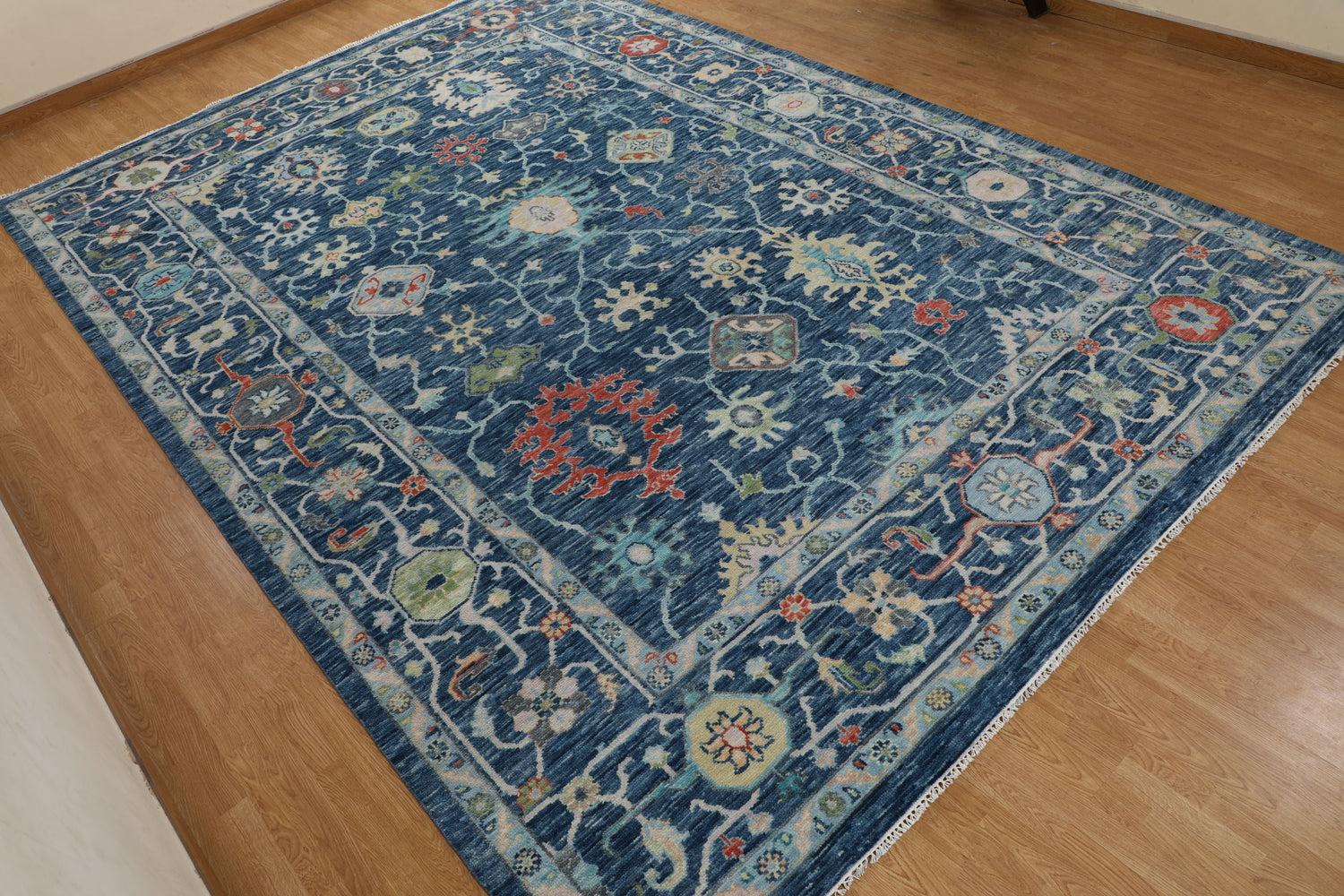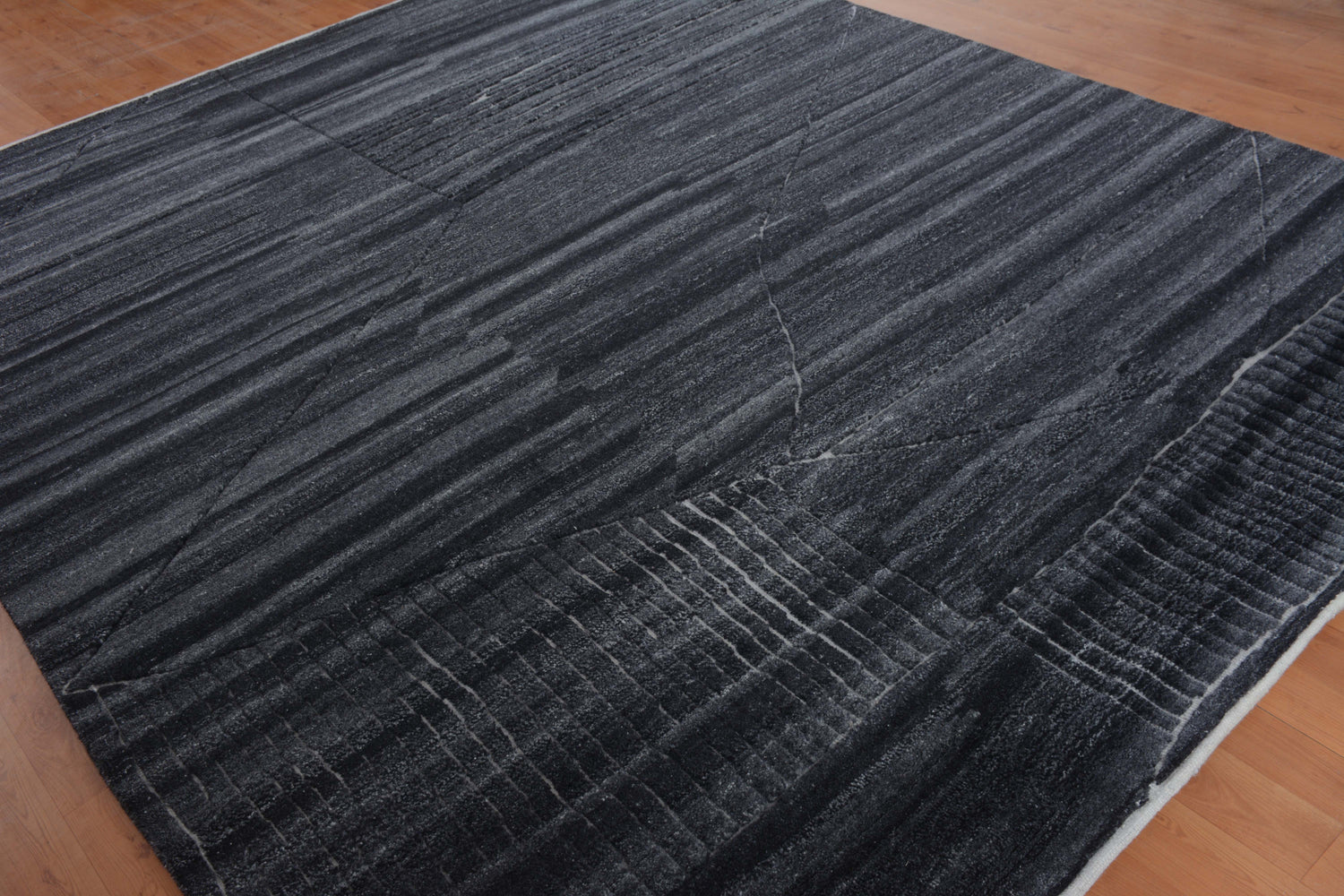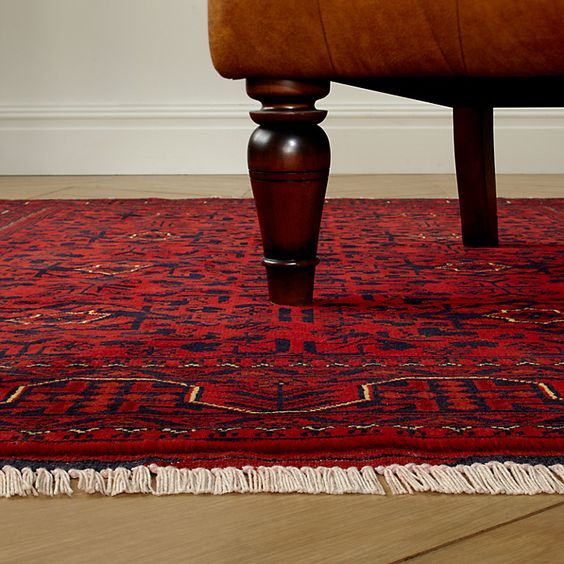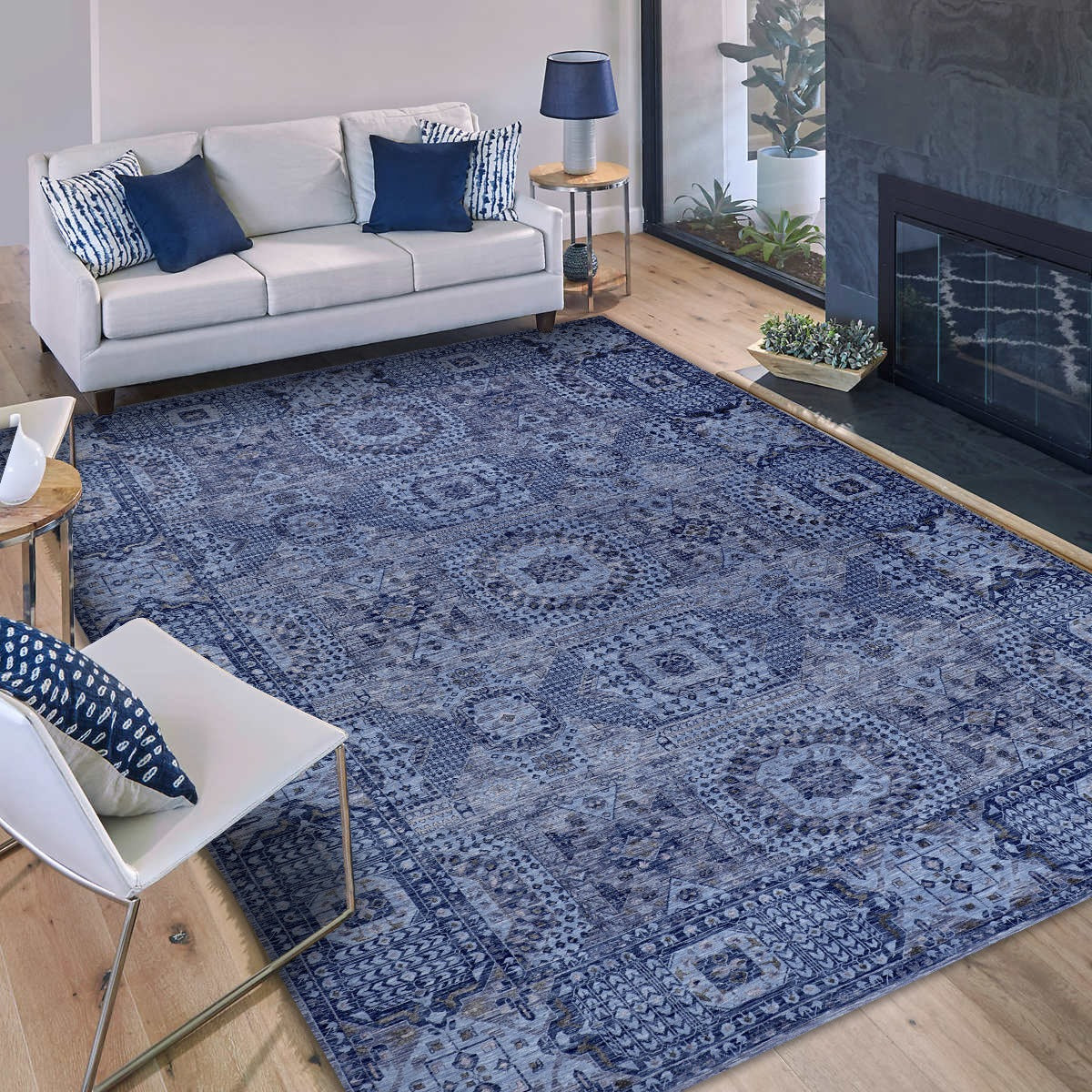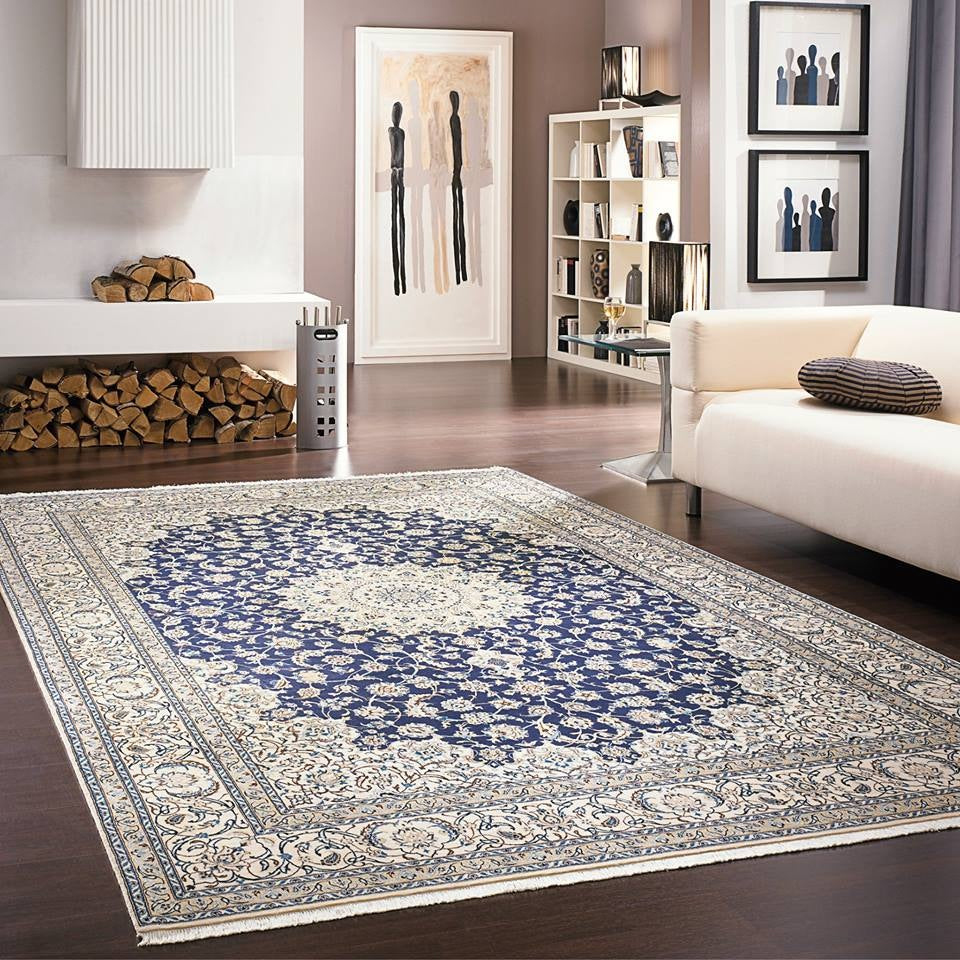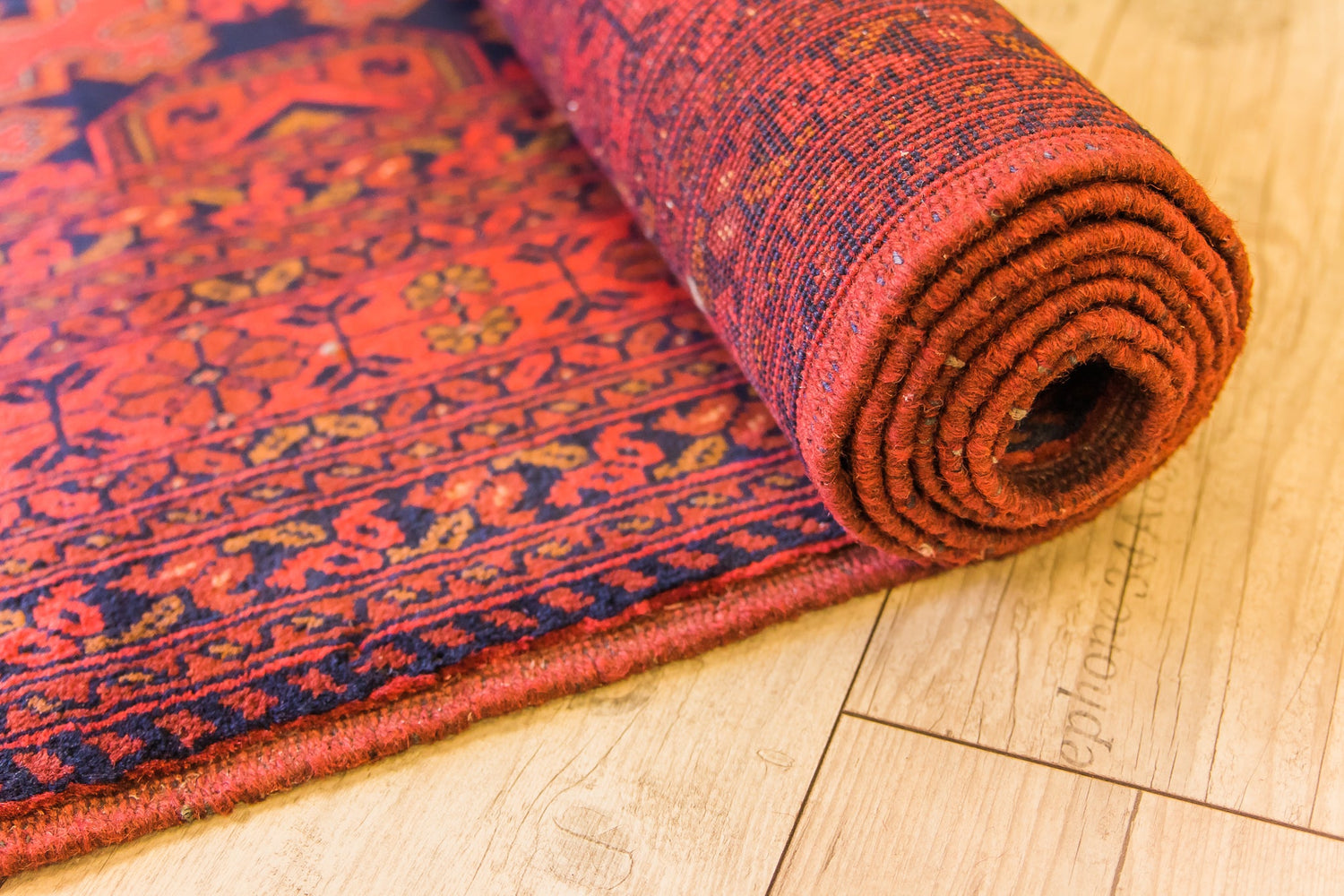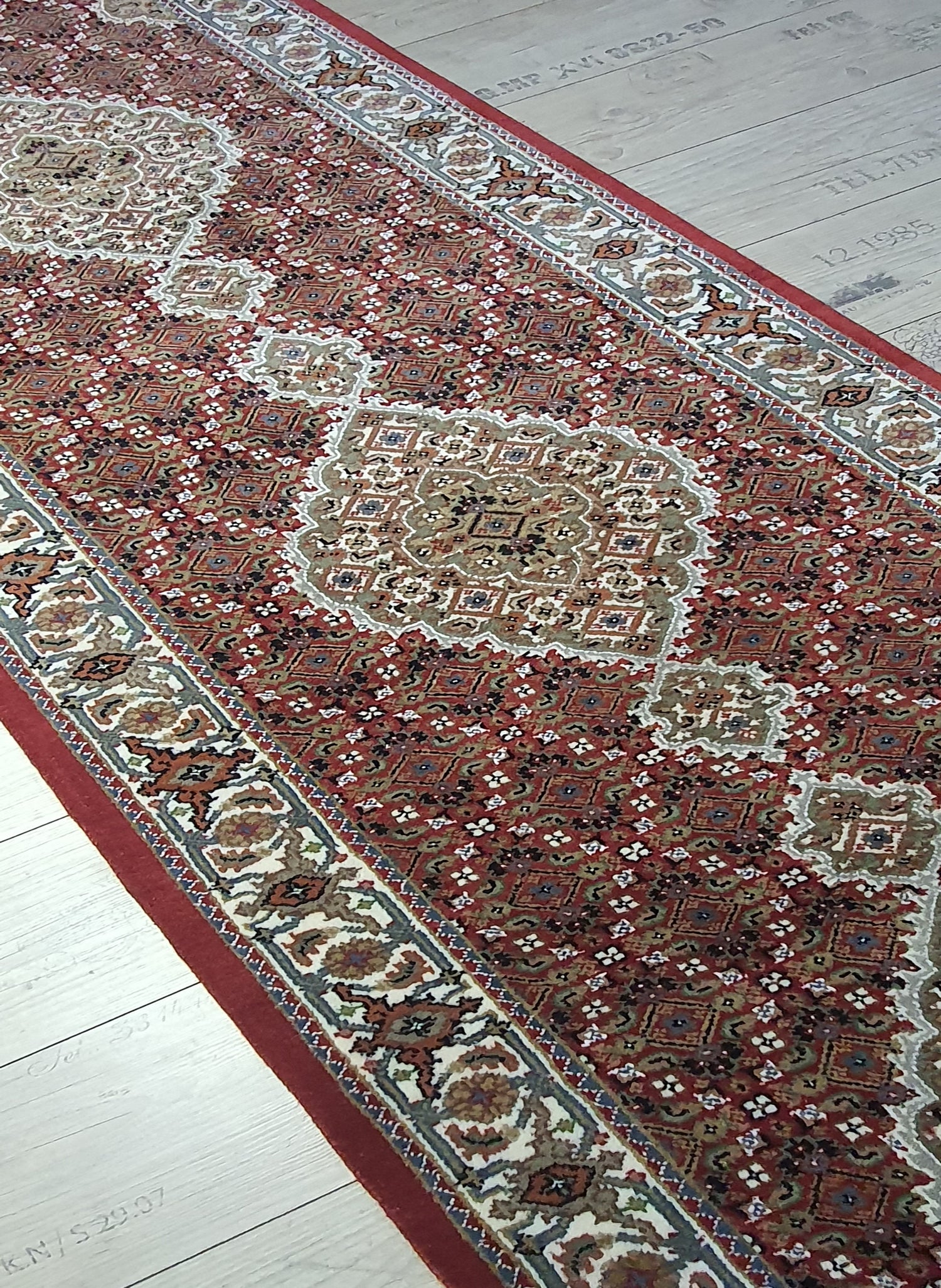Collection: Persian and Oriental

History of Persian Rugs
Persian rugs have a rich history dating back over 2,500 years, making them one of the most celebrated art forms in the world. Originating in ancient Persia (modern-day Iran), these rugs were initially woven by nomadic tribes for practical use, offering warmth and protection. Over time, Persian rug-making evolved into a highly sophisticated craft, influenced by Persian culture, literature, and architecture. During the Safavid dynasty (16th-18th centuries), Persian rug weaving reached its artistic peak, with elaborate designs and high-quality craftsmanship. Cities like Isfahan, Kashan, Tabriz, and Qom became famous for their unique styles. Today, Persian rugs remain highly valued for their intricate patterns, vibrant colors, and fine materials, symbolizing elegance and tradition worldwide
Persian Rugs
-

Afghan Aqcha
Steeped in history, the Aaqcha or Akcha (Persian spelling) rug is a...
-
Quality and Craftsmanship
Persian rugs are renowned for their exceptional quality, created using high-grade wool, silk, or cotton. The craftsmanship is meticulously detailed, with each knot hand-tied to create intricate patterns and designs that reflect centuries of tradition and skill.
-
Variety of Designs and Patterns
Persian rugs feature a wide range of designs, each with cultural and regional significance. Common patterns include floral motifs, geometric shapes, and representations of nature, often symbolizing Persian myths, history, and religious themes. Notable regional styles include those from Isfahan, Tabriz, Kashan, and Qom.
-
Cultural and Historical Significance
Persian rugs have long been more than just functional items; they represent Persian art, culture, and identity. They have been used in royal palaces, religious settings, and homes for centuries. The history of rug weaving in Persia reflects the country's rich artistic traditions, influencing design trends globally.


